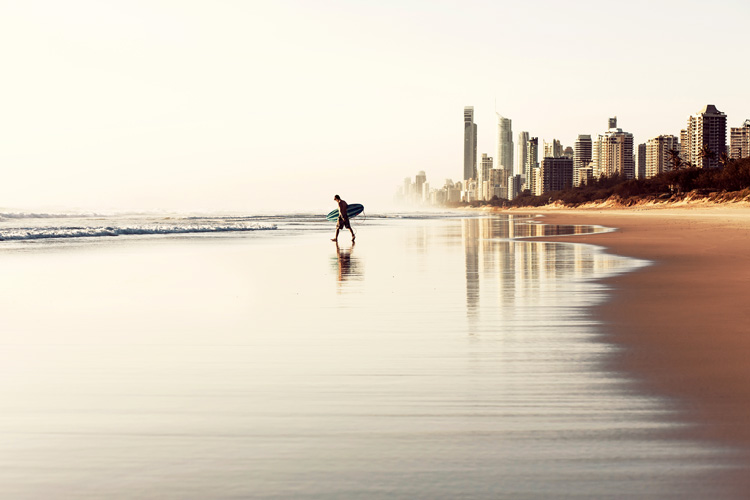Tides are an interactive combination of forces between the Earth, the Moon, and the Sun.
They have several impacts on the shoreline and human activity.
For example, tide prediction allows surfers to choose the best time of the day to catch waves, fishermen to plan their activities, and cargo ships to transport large items as they pass under bridges.
Many vessels were irreversibly damaged after being stranded in low tides. In addition, currents created by incoming and outgoing tides are dangerous threats to swimmers on popular beaches.
Tides also have a substantial impact on marine life, as they promote the gathering of fish in one spot.
Today, oceanographers are able to predict the magnitude and time of the low and high tides for a given location a year in advance.
Tide Facts
Let's take a look at a few interesting facts about tides:
- Astronomer Seleucus of Seleucia was the first scientist to admit that tides were caused by the Moon in 150 BC;
- The Moon is the most relevant factor in the creation of tides. The sun's gravitational force on the Earth is only 46 percent that of the Moon;
- Since tides can be viewed as shallow-water waves that travel across the ocean, their propagation speed is solely dependent on the ocean depth;
- The wavelength of a tidal wave is around 12,430 miles (roughly 20,000 kilometers);
- The tidal cycle is of 24 hours and 50 minutes;
- The Panama Canal has locks to raise and lower ships in transit from the Atlantic and Pacific oceans because of the difference in tide range and timing on both coasts. Only in February are the tides about the same on the Pacific side and Atlantic side;
- Some regions of the world have a larger tidal range (the difference between the low and the high tide) than others because of the differences in the shape of the ocean floor;
- In the Bay of Fundy, the tidal range is about 16 meters (53 feet). In the Caribbean Sea, the tidal range is between 10 and 20 centimeters (4-8 inches);
- Although on a smaller scale, the shape of the shoreline, bays, estuaries, local winds, and weather patterns can also affect tides. However, there are roughly 150 factors influencing tides;
- Tidal power is the most predictable of all renewable energy sources;
Are you a surfer? Learn how tides impact your surf session and check the tide times for your region.
